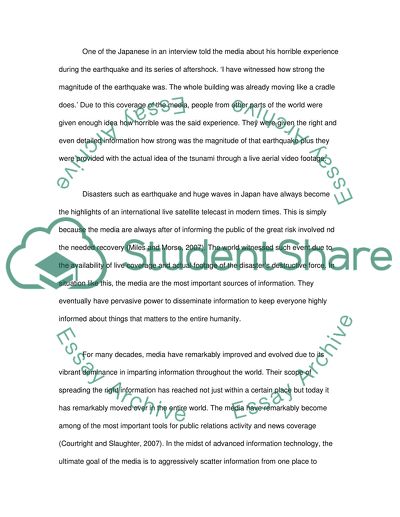Cite this document
(“The role of social media in the 2011 Japanese disaster Dissertation”, n.d.)
Retrieved from https://studentshare.org/environmental-studies/1425070-the-role-of-social-media-in-the-2011-japanese-disaster
Retrieved from https://studentshare.org/environmental-studies/1425070-the-role-of-social-media-in-the-2011-japanese-disaster
(The Role of Social Media in the 2011 Japanese Disaster Dissertation)
https://studentshare.org/environmental-studies/1425070-the-role-of-social-media-in-the-2011-japanese-disaster.
https://studentshare.org/environmental-studies/1425070-the-role-of-social-media-in-the-2011-japanese-disaster.
“The Role of Social Media in the 2011 Japanese Disaster Dissertation”, n.d. https://studentshare.org/environmental-studies/1425070-the-role-of-social-media-in-the-2011-japanese-disaster.


